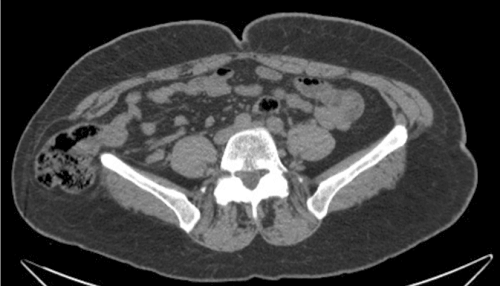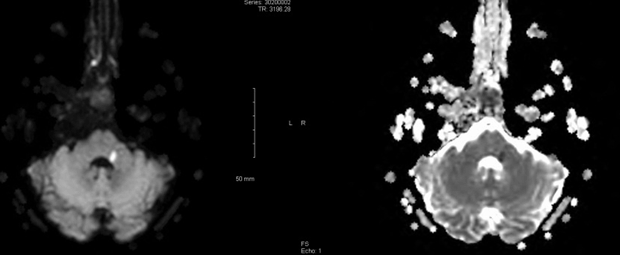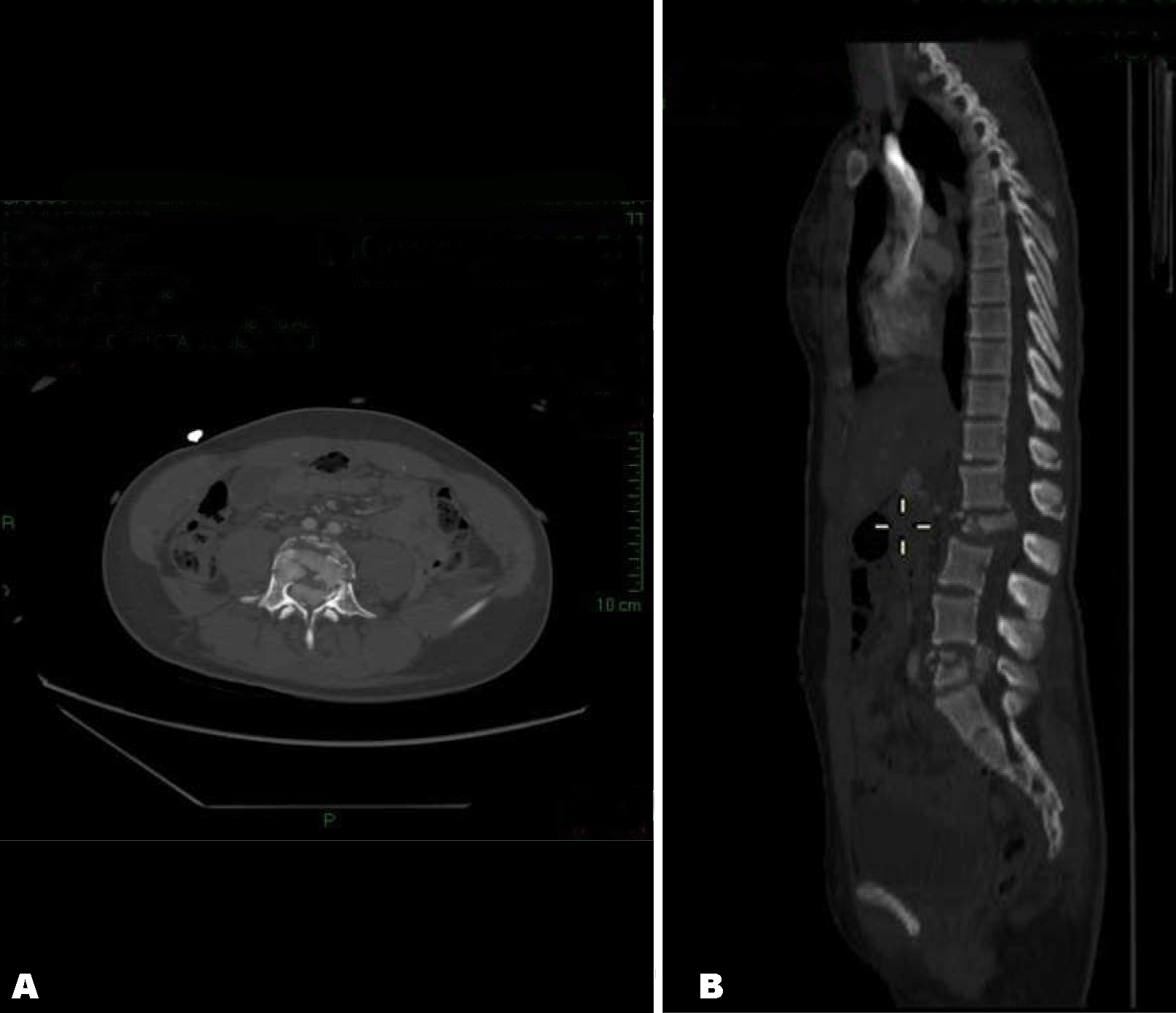Original Article
Controlled, randomized multicenter study to compare compatibility and safety of ChondroFiller liquid (cell free 2-component collagen gel) with microfracturing of patients with focal cartilage defects of the knee joint
1 MD, PhD Arthro Nova Clinic GmbH, Ringsee , Germany
Address correspondence to:
Prof. Dr. med. Ulrich Schneider
MD, PhD Arthro Nova Clinic GmbH
Pin- 83707, Germany
Message to Corresponding Author
Article ID: 100001VNP05US2016
doi: 10.5348/VNP05-2016-1-OA-1
Access full text article on other devices

Access PDF of article on other devices

How to cite this article
Schneider U. Controlled, randomized multicenter study to compare compatibility and safety of ChondroFiller liquid (cell free 2-component collagen gel) with microfracturing of patients with focal cartilage defects of the knee joint. Video J Orthop Surg 2016;1:1–8.Abstract
Aim: Verification of the functionality of a newly acellular liquid collagen type-I gel (ChondroFiller liquid) to treat defined small and medium sized cartilage defects of the knee joint.
Methods: In this prospective randomized study are overall 23 patients included and randomized. Thirteen patients are allocated to the ChondroFiller liquid (CF) and 10 patients to the microfracturing (Mfx) group. All CF patients were operated appropriate, 6 of the 10 patients of the Mfx group refused the allocated surgery. The determination of the effectivity of the single surgery procedure was done by clinical outcome-scores (IKDC) at 3rd, 6th and 12th months and MRI examinations in the CF group (MOCART score) at 4th and 52nd weeks.
Results: The mean IKDC patient values in the CF-group after 3rd and 6th months were significantly improved from the preoperative values (p<0.05). This improvement remained up to one year follow-up. Based on the high dropout rate in the Mfx-group the clinical data were not analyzed. In the CF-group we could demonstrate a good immediate filling of all treated defects in the MRI follow-ups. The implant shows a perfect integration to the adjacent cartilage right from the beginning and by time an impressive maturation of the reconstructed cartilage. Adverse events were not reported.
Conclusion: Based on the high drop-out rate in the Mfx group a comparison of both surgical procedures does not make sense. Nevertheless, in the first clinical study could be shown that the ChondroFiller liquid method is a safe and simple workable method. Although there are no experiences with this procedure in the clinical use all defects could be filled successfully. Further prospective randomized studies with higher case numbers and longer follow-up examination intervals have to be done to evaluate the importance of this new type of treatment.
Keywords: Cartilage repair, Cell-free collagen type I liquid, Knee Magnetic resonance Imaging, MOCART, Clinical outcome
Supporting Information
Author Contributions:
Ulrich Schneider - Substantial contributions to conception and design, Acquisition of data, Analysis of data, Interpretation of data, Drafting the article, Revising it critically for important intellectual content, Final approval of the version to be published
Competing Interests:Authors declare no conflict of interest.
Open Access Statement:©2016 Ulrich Schneider. This article is distributed under the terms of Creative Commons Attribution License which permits unrestricted use, distribution and reproduction in any medium provided the original author(s) and original publisher are properly credited. Please see the copyright policy on the journal website for more information.





